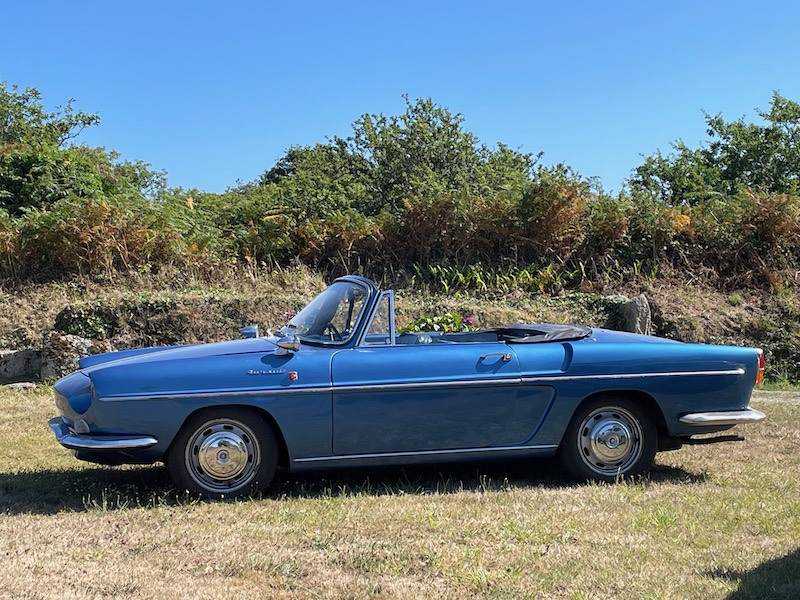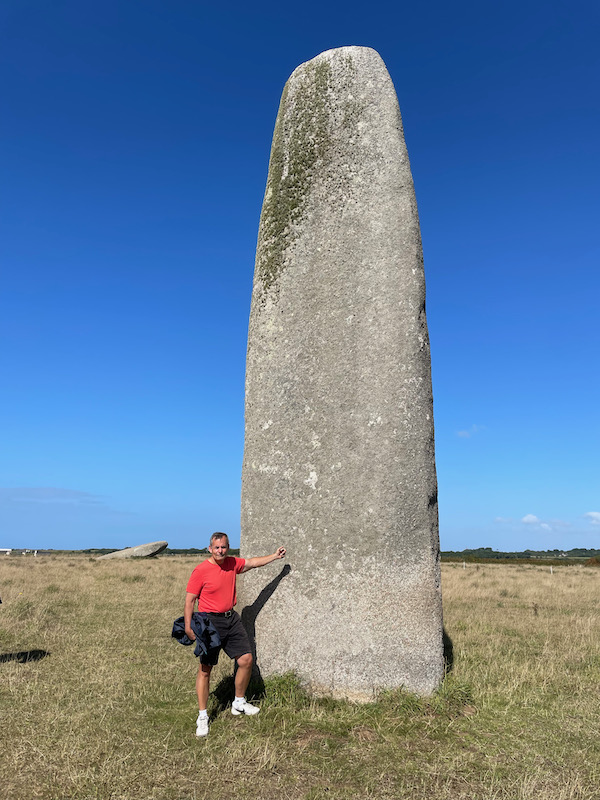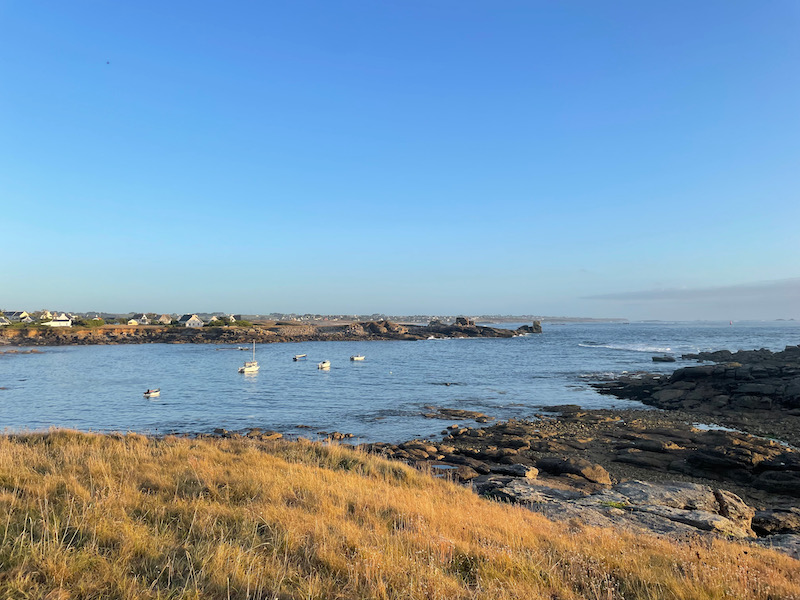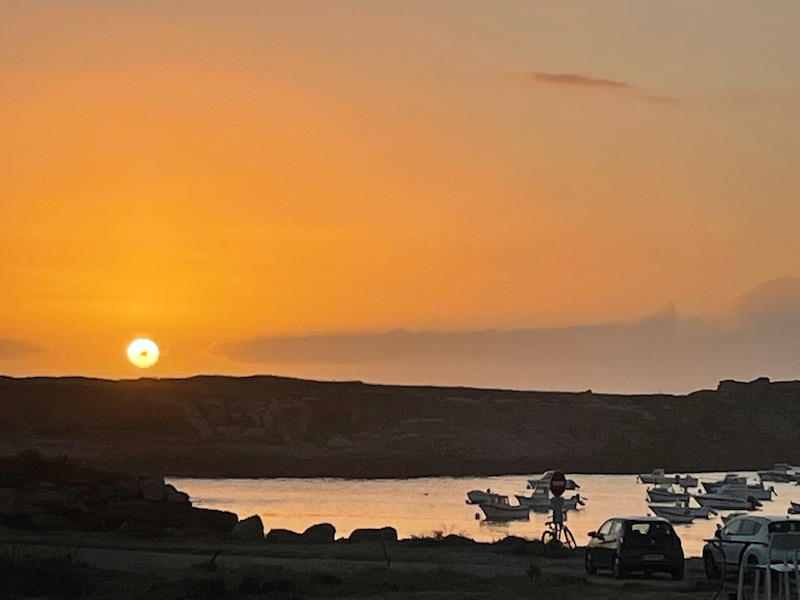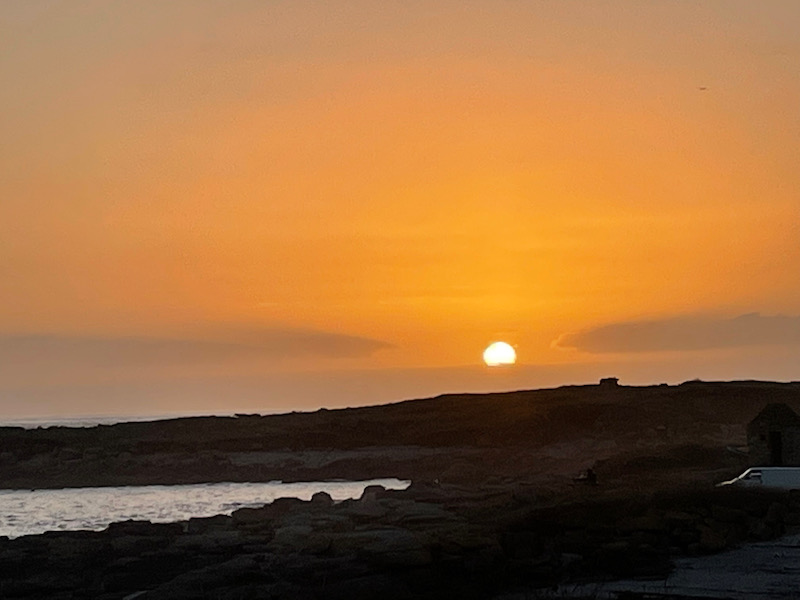Our Blog - Lanildut, France
Another small village of less than 1,000 people, we stayed for a week out in the countryside between here and Brélès. Similar to the village of Brélès, we didn't actually do much in the actual town. Instead, we took the opportunity to see lots of small villages around it and spend a bit of time on the coastline with Lucy. You will see large rocks on the coast, which are made up of the "famous" Aber granite (I spoke about it in a couple of my blogs). There are quarries in this area that produced this granite for use in castles and the base of the Luxor Obelisk in Paris.
One thing that Lanildut is known for, even today, is seaweed. The port of Lanildut is the leading seaweed port in Europe, harvesting around 40,000 tonnes each year, almost half of national production. It was traditionally used as a natural fertilizer, for animal food, and as a fuel. In the 19th century, it was dried to obtain an ash that was used to produce glass or iodine that was a popular sterilizer from 1830 to 1945. Nowadays, various things are extracted from the seaweed that are used in cosmetics and pharmaceuticals. Lucy enjoyed her walks at the coastline and liked to look out over the ocean, keeping watch for pirates.
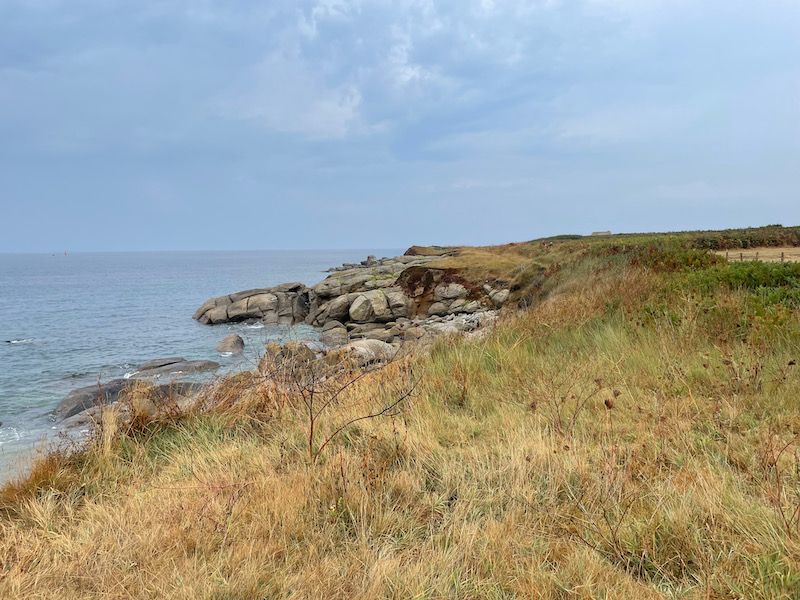
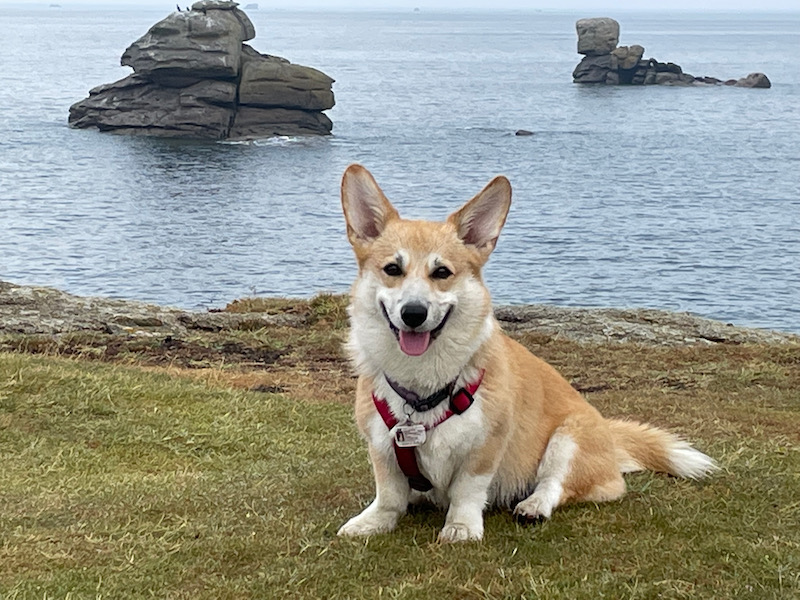
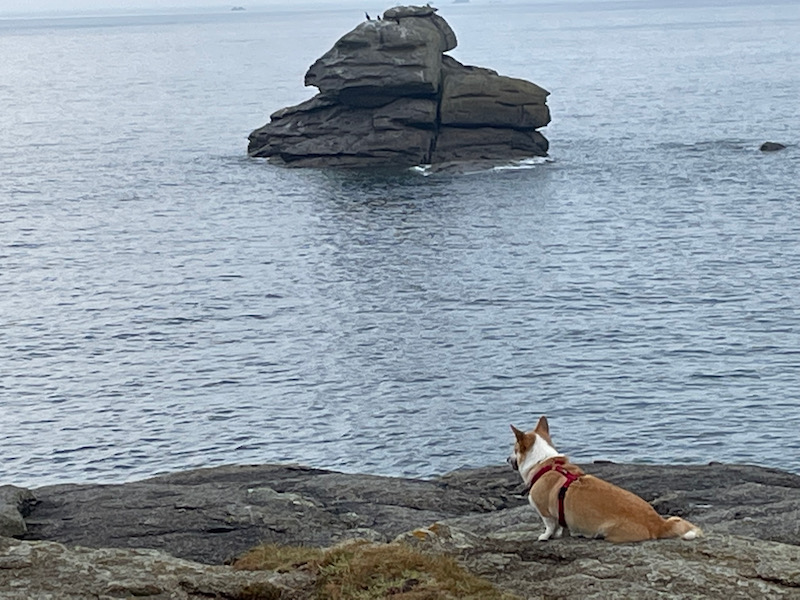
Along the coastline is also the Battery of l'Aber-Ildut. During the 18th century, Lanildut was a major trading port and, therefore, was a target for the Royal Navy and British privateers. In 1742, King Louis XI ordered a battery here to defend the port. It was abandoned in the 19th century, restored starting in 2002, and the replica cannon installed in 2007.
The Sentry box provided a shelter for the men responsible for guarding the battery. Lucy was wondering why there weren't soldiers there anymore.
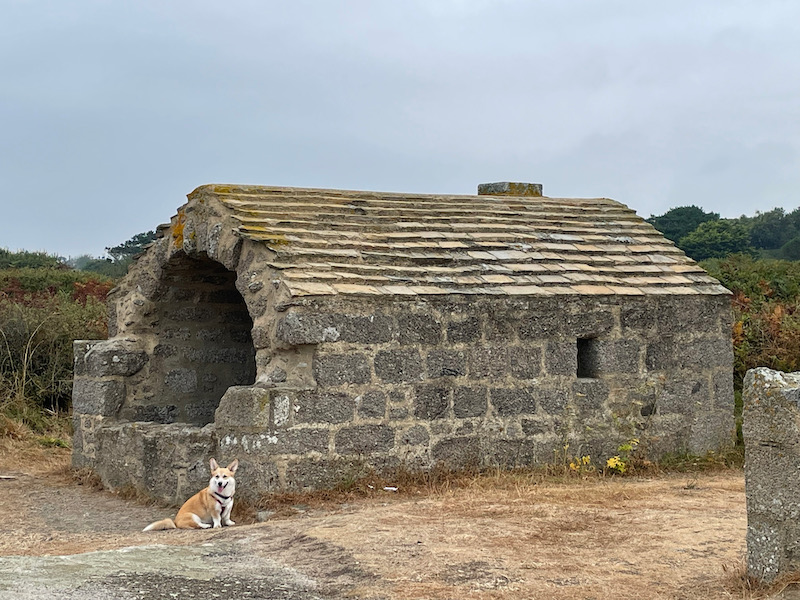
Here is a replica of the cannons that were here. In the 18th century, the battery was equipped with 3 cannons like this one. It shot 6-kilo cannonballs up to 2,2000 meters, but was most effective at around 1,000 meters. In the 19th century, they were replaced with 2 cannons that shot 15-kilo cannonballs.
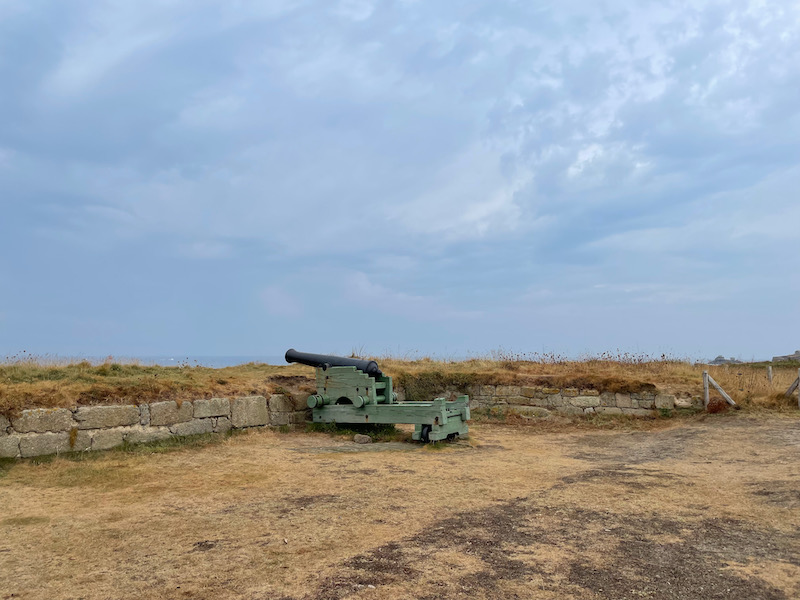
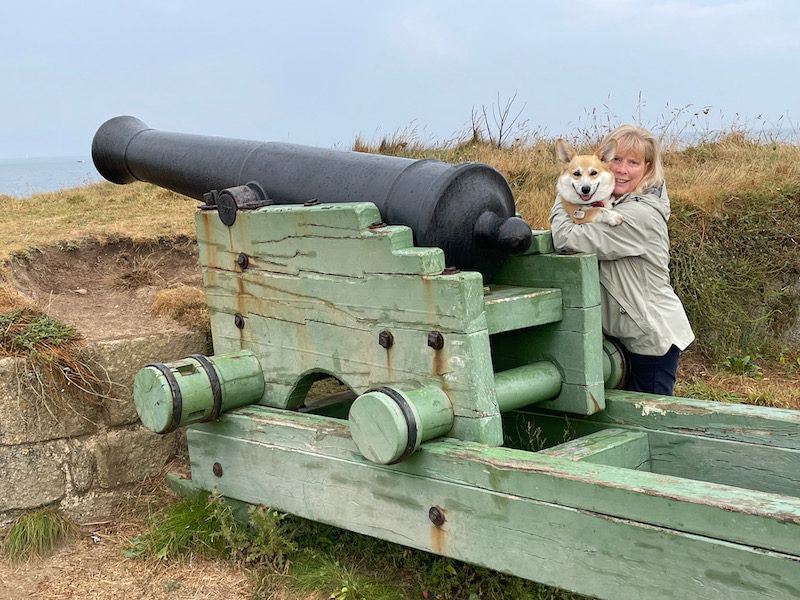
The owner of the gîte that we stayed in was really nice, and gave us a ride around the local area in his classic car. It was a really nice car, and as you can see, the weather was absolutely perfect for a ride in a convertible! One place we went was the Menhir de Kergadiou, which is literally in the middle of a field. It is 8.55 meters above ground, making it the 2nd highest menhir in Brittany. It is estimated to weigh 40 tons and is made of a single block of granite from Aber-Ildut. We went by a little chapel that was being used for an art exhibit by an artist that the owner knew. Last stop was by the water again, where we had this amazing sunset.
